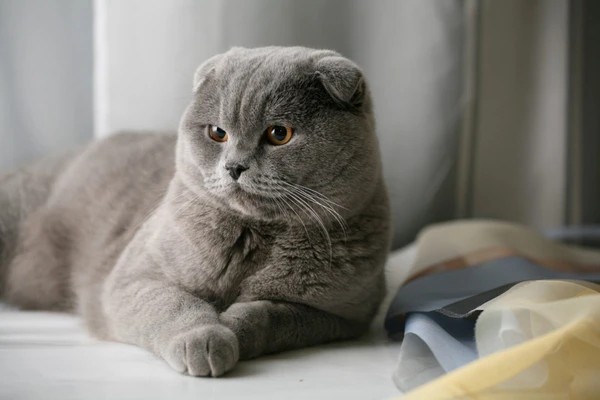Munchkin cat
(Munchkin)

Description
The Munchkin cat is a unique and controversial breed known for its short legs. This breed was first discovered in 1991 and has since gained a lot of popularity among cat lovers. In this article, we will provide you with a comprehensive guide to everything you need to know about the Munchkin cat. History The history of the Munchkin cat breed is relatively short, with the first known Munchkin cat being discovered in Louisiana, USA, in 1991. The cat, named Blackberry, was pregnant at the time and gave birth to two kittens with short legs. The short-legged trait was caused by a genetic mutation. It is believed that the mutation occurred naturally and spontaneously in the feral cat population in Louisiana. The Munchkin cat breed was named after the Munchkins from the Wizard of Oz because of their short stature. The breed was officially recognized by The International Cat Association (TICA) in 1995. Appearance The Munchkin cat breed is known for its short legs, which are caused by a genetic mutation that affects the long bones of the legs. Despite their short legs, Munchkin cats are muscular and well-proportioned. They have a medium-sized body and weigh between 5 and 9 pounds. Munchkin cats have a rounded head, large ears, and expressive eyes. They come in a variety of colors and patterns. Personality Munchkin cats are known for their outgoing and playful personalities. They are intelligent and curious and enjoy playing with toys and interacting with their owners. Munchkin cats are also known for their love of heights, and they will often climb to high places to observe their surroundings. Health There is some controversy surrounding the health of the Munchkin cat breed. Some experts believe that the short legs of the Munchkin cat can lead to health problems such as spinal issues and arthritis. However, there is little evidence to support these claims, and Munchkin cats generally have a lifespan of 12-15 years. It is important to note that responsible breeders will carefully screen their cats for health issues before breeding them to ensure the health of the kittens. Care Munchkin cats require regular grooming to keep their coats clean and healthy. They should be brushed at least once a week to prevent matting and hairballs. Munchkin cats are active and playful and require plenty of toys and opportunities to play. They should also have access to high places, such as cat trees, to satisfy their love of heights. Conclusion The Munchkin cat is a unique and controversial breed known for its short legs. While there is some controversy surrounding the health of the breed, responsible breeding and regular veterinary care can help ensure the health of these playful and outgoing cats. If you are interested in bringing a Munchkin cat into your home, be sure to do your research and find a reputable breeder who will provide you with a healthy and happy kitten.
Taxonomic tree:







